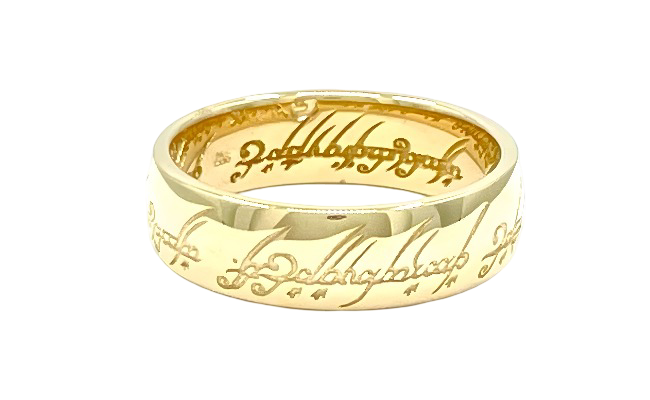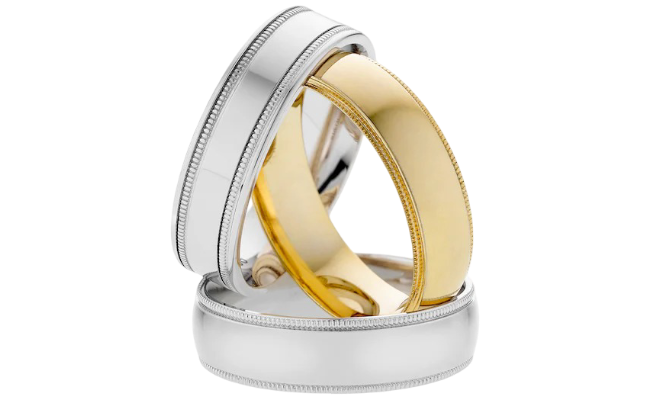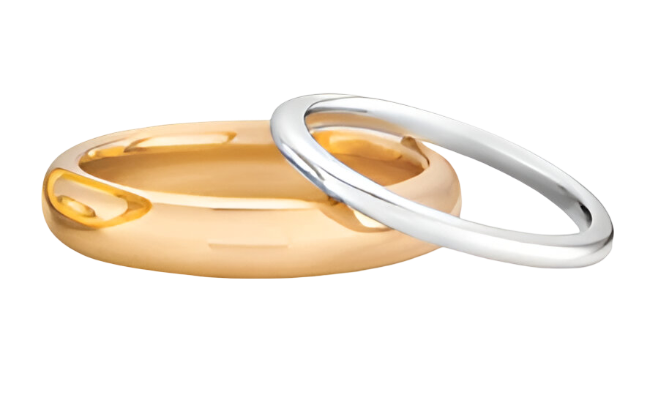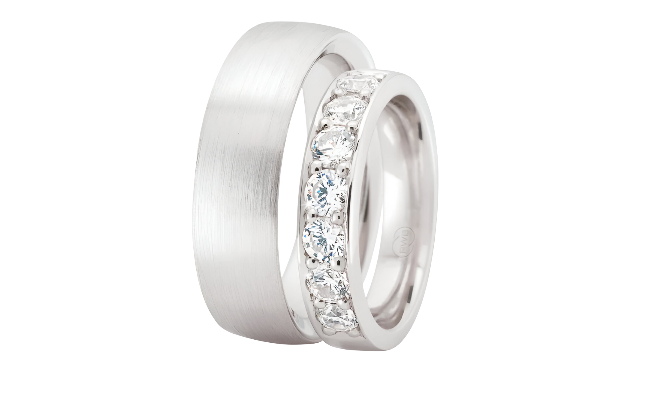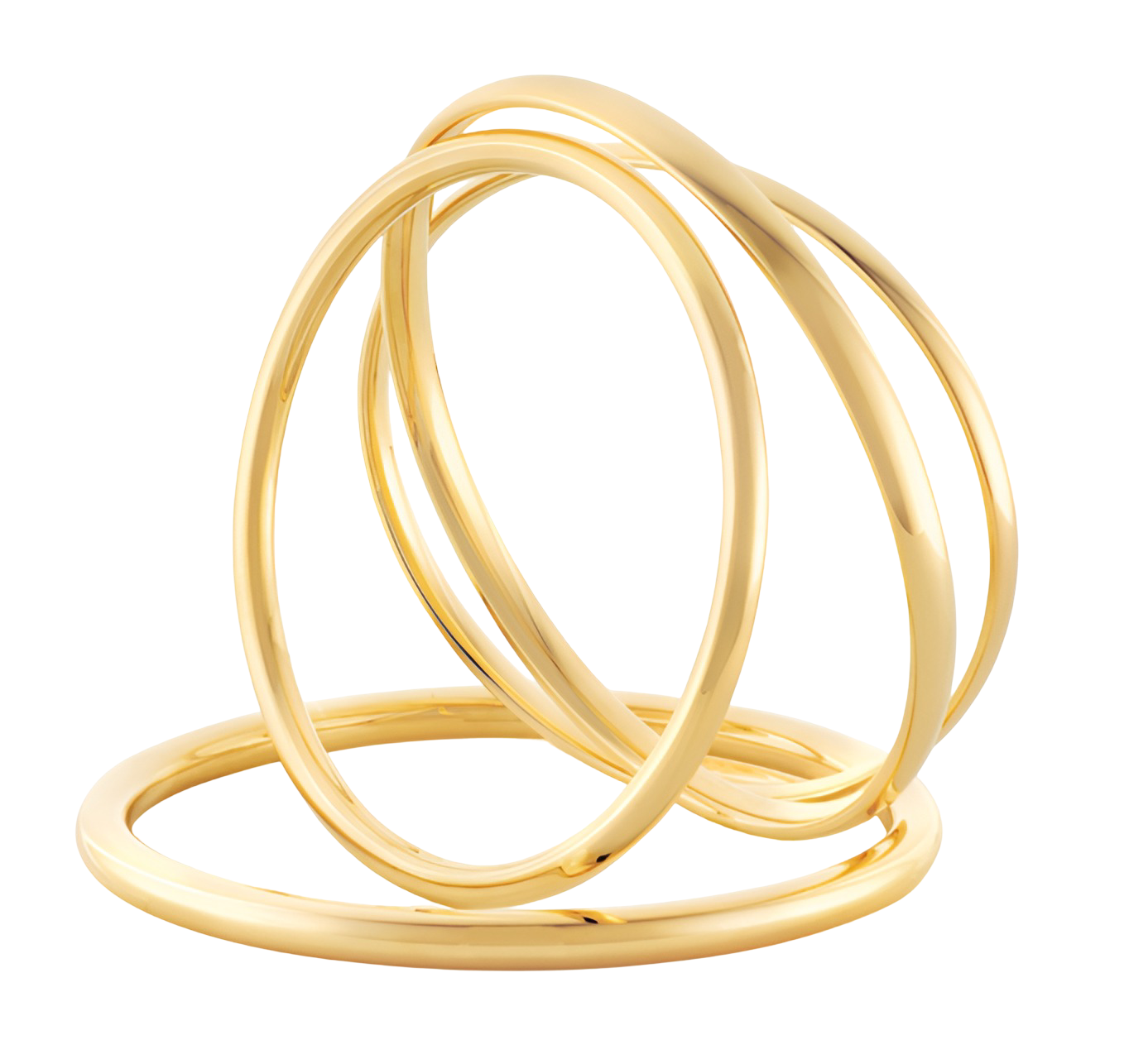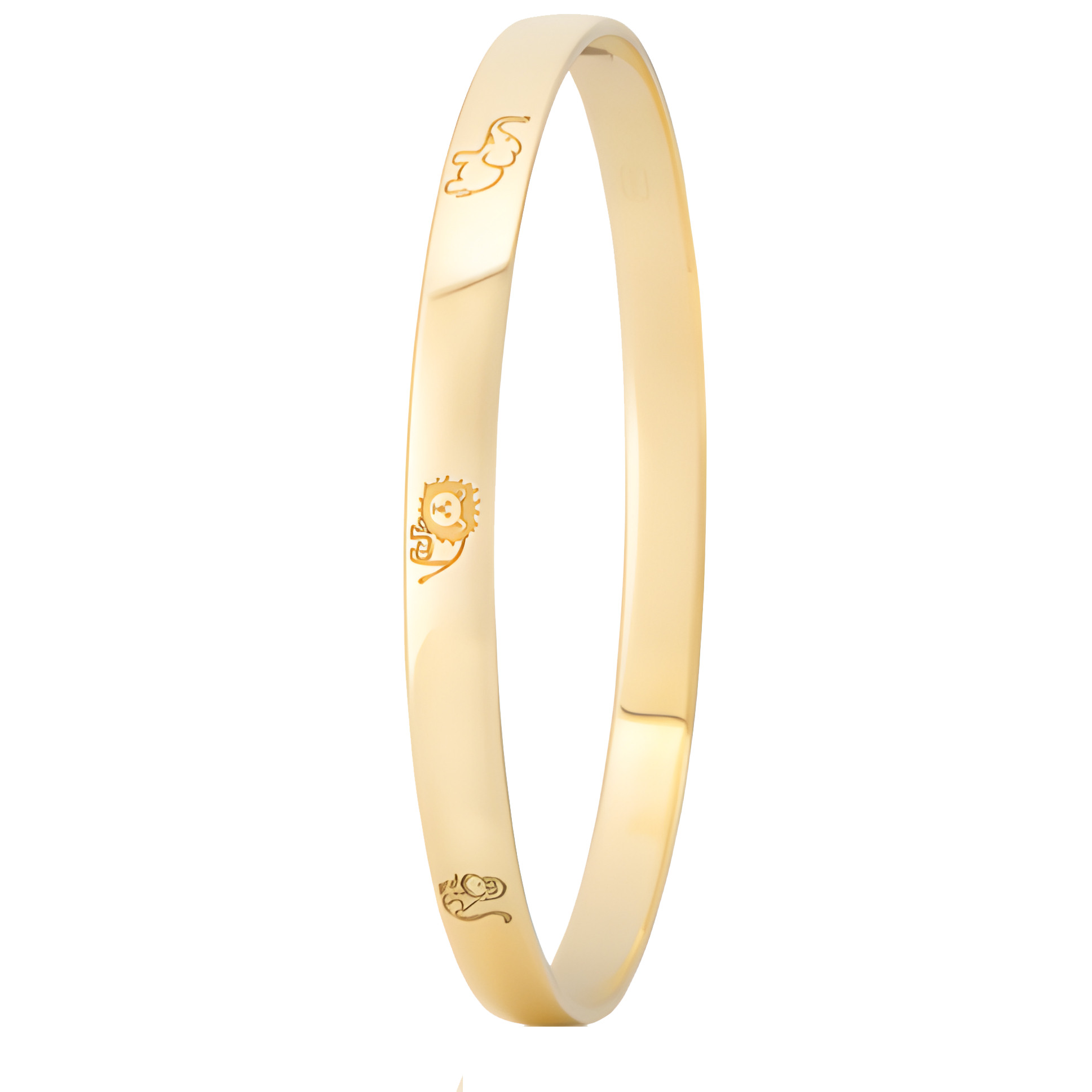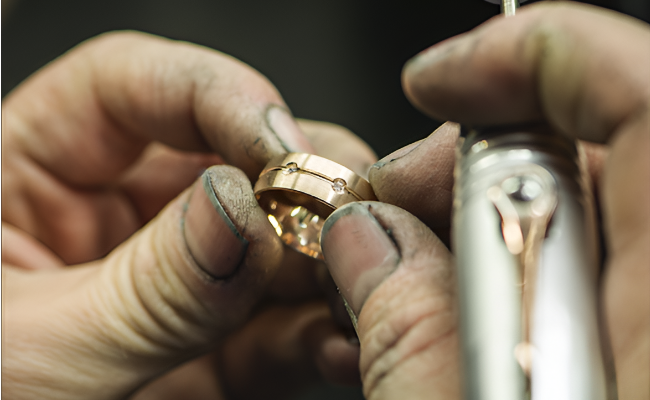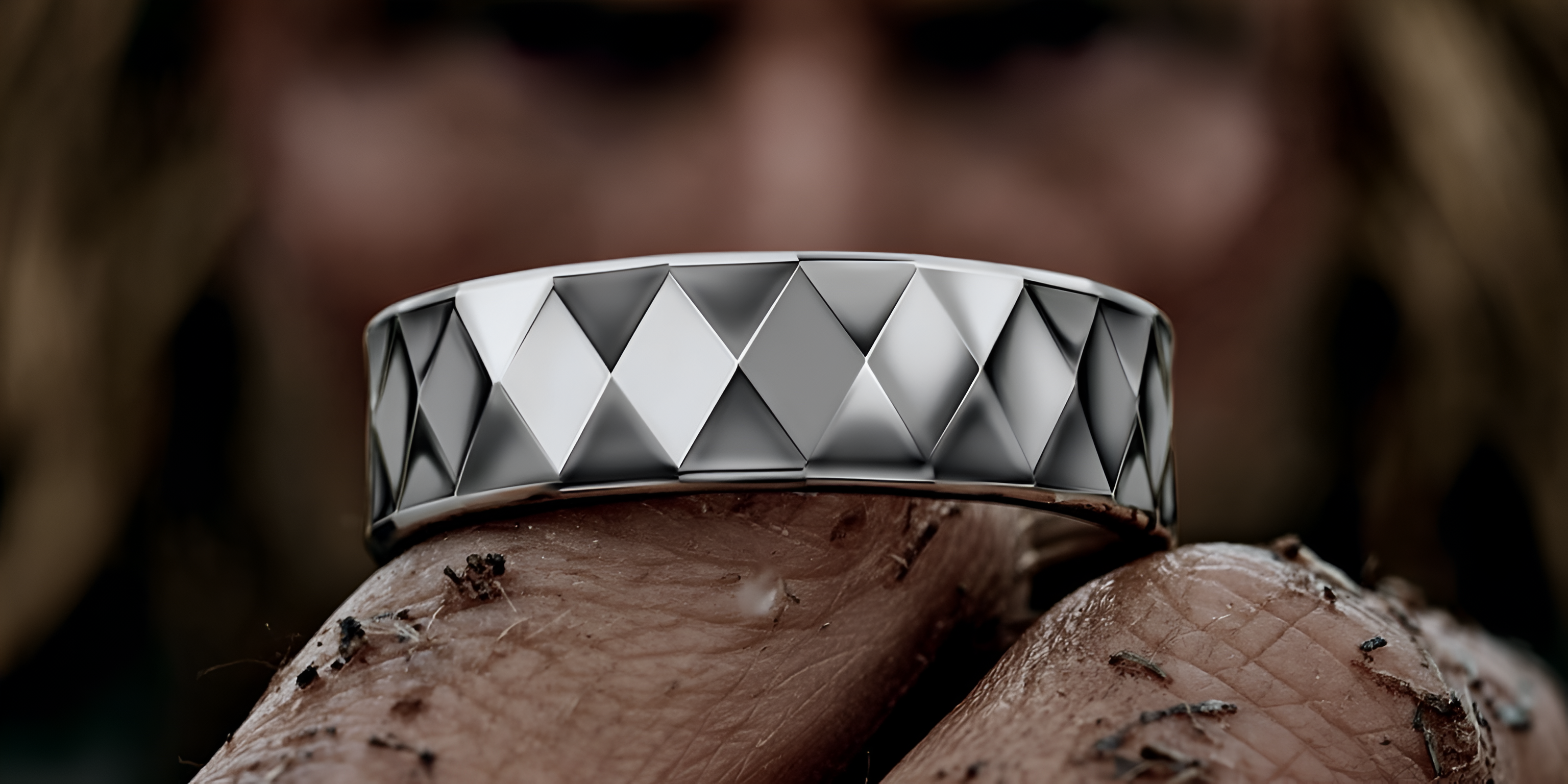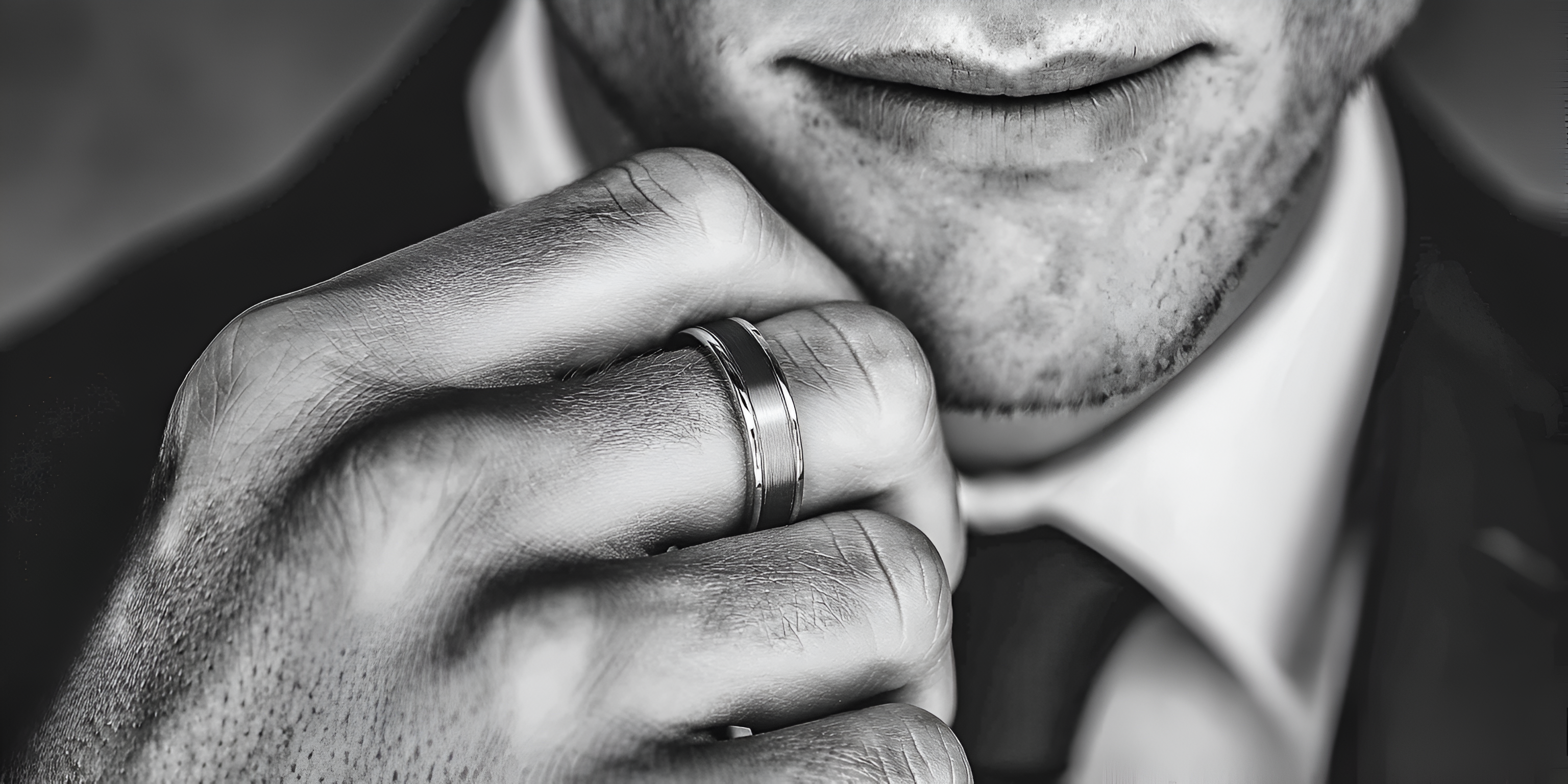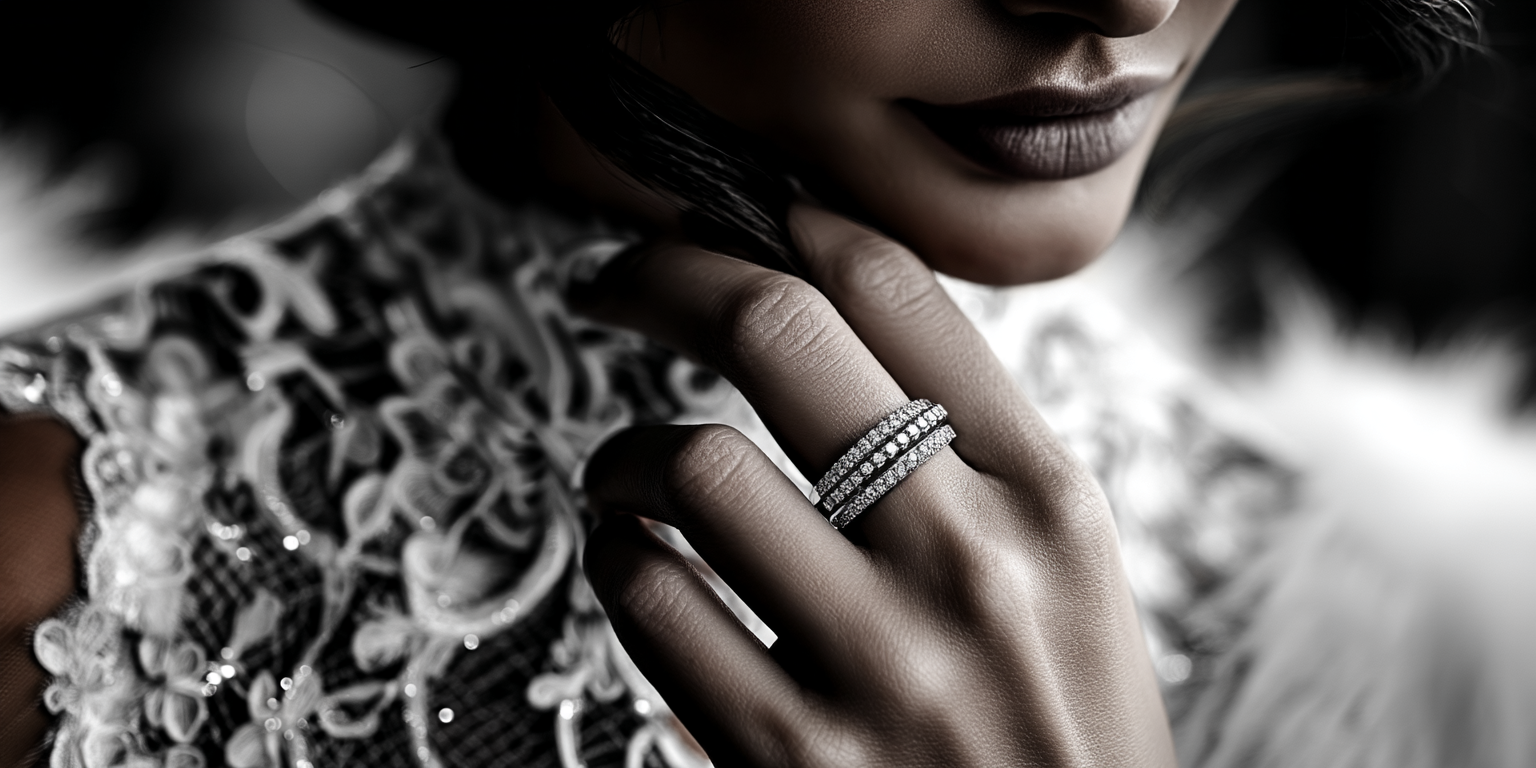
Why is Platinum so expensive?
The Allure of Platinum: Why This Precious Metal Shines Bright in Modern Jewellery
Platinum has captivated human interest for centuries, with its earliest known use dating back to the 7th century BC in ancient Egypt, where it was skillfully crafted into exquisite caskets. This initial appreciation underscores a long-standing recognition of platinum as a precious and prestigious metal. Fast forward to today, and platinum is surging in popularity, especially in the bridal Jewellery market. In fact, it’s becoming a go-to choice for engagement rings and is increasingly favoured for both men's and women's wedding bands, often surpassing white and yellow gold in demand.
But what exactly makes platinum so sought after, and why does its cost tend to soar above that of gold?
The Unmatched Appeal of Platinum
Naturally Stunning: Unlike white gold, which requires rhodium plating to achieve its gleaming lustre, platinum possesses a brilliant white shine straight from nature. This quality means that platinum jewelry never requires re-plating, making it a truly hassle-free option for polished elegance.
Durability: Platinum is exceptionally durable. Although it’s not invincible, it is more resistant to scratches and wear than gold, making it a practical choice for everyday Jewellery. Its resilience ensures that your platinum pieces maintain their beauty through years of daily use.
Why is Platinum More Expensive?
There are several key reasons that contribute to the higher pricing of platinum jewelry compared to its gold counterparts:
1. Rarity and Mining Challenges: Platinum is a rare metal. The complexities and difficulties involved in mining it add to its expense. It is far less abundant in the Earth's crust than gold, which makes it more valuable.
2. Higher Purity Standards: Platinum jewellery typically contains 85% to 95% pure platinum—often labelled as 850 to 950 parts per thousand—unlike gold jewellery, which features a maximum of 75% purity for 18-carat items and even less for 14ct, 10ct, or 9ct options. This higher concentration of platinum in jewelry means you’re paying for more of the premium metal in each piece.
3. Refined Alloys: Historically, platinum was mixed with gold, but nowadays, it’s often combined with platinum family members like palladium or iridium. This shift not only helps maintain its natural lustre but also adds to the cost, as palladium is more expensive than gold, bringing its price closer to that of platinum.
4. Density Matters: Platinum is denser and heavier than gold. For the same design, a platinum ring will weigh more than an 18ct gold ring. Since metal pricing is generally determined by weight, this added heaviness translates to a higher price tag for platinum items.
The Bottom Line
Choosing platinum is not just about the metal itself; it’s about investing in something that beautifully represents commitment, durability, and sophistication. With its rich history and modern allure, platinum remains a timeless choice for couples looking to celebrate their love story through exquisite jewelry.
Whether you're searching for the perfect engagement ring or selecting wedding bands that symbolize your forever, platinum is an outstanding option. Its unique qualities and undeniable elegance will ensure that your jewelry remains a cherished part of your life for years to come.


